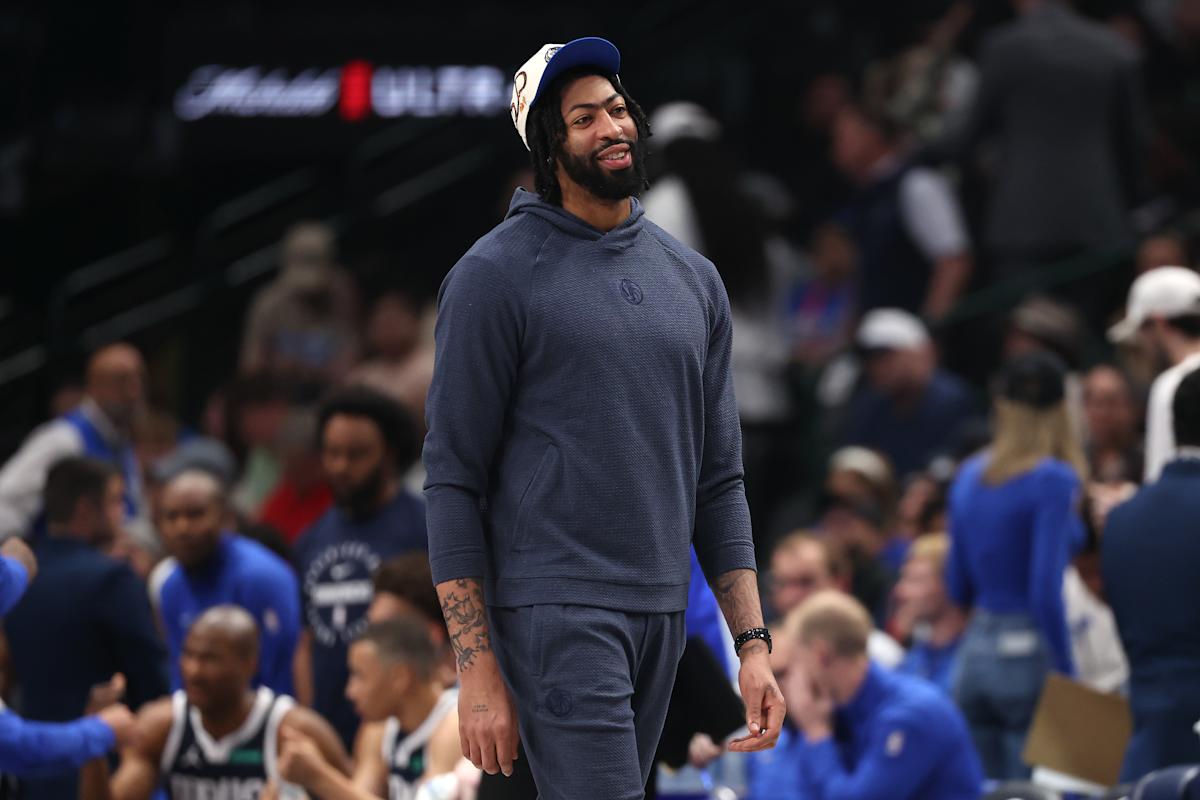Isn’t March supposed to be when the magic happens?
It was in 2024, when 11-seeded NC State caught fire in the ACC Tournament and kept it burning all the way to the Final Four. Magic certainly happened in 2023, when 16th-seeded Fairleigh Dickinson took down Purdue, 15th-seeded Princeton eliminated Arizona, and every one-seed crashed out before the Elite Eight. You could feel a twinkle in the air in 2022, when eighth-seeded North Carolina ended Coach K’s career in the Final Four before a heartbreaking loss to Kansas in the national championship game.
I could go on and on, but the story remains the same. The reason we love March Madness so much is because of the unpredictability, the upsets, the yearly anticipation of any number of Davids firing their slingshots in between the eyes of their respective Goliaths. We love March because a 68-team, single-elimination tournament is cinematic, nonsensical, beautiful, heart-stopping — and we get to watch it play out in front of our eyes, living and dying with every game.
2025 has been… different. I’ve rubbed the lamp over and over and over again, but nary a single genie has emerged. Not one mid-major survived past the round of 32, and only one double-digit seed — SEC power Arkansas — made it to the Sweet 16. The Elite Eight consists of four one-seeds, three two-seeds, and one three-seed, a stark display of chalk that falls well out of character for a tournament that’s been renowned for its chaotic nature since its current-form inception in 1985.
Why?
Over the last four years, the landscape of college athletics has shifted radically. Student-athletes are now entitled to pay; both from the school via a revenue-sharing program and through Name, Image, and Likeness contracts, where student-athletes are free to market themselves however they see fit. As a result, bigger-name schools — who both have more money to pay the players directly and more social credit to get them paid elsewhere — have begun lapping up more and more of the talent, making life much harder on smaller, poorer schools.
Obviously, this was always the case, to some extent. In the past, even if schools couldn’t pay players legally (Looking at you, Rick Pitino), the notoriety, fame, and success that came with playing for a Duke or a Kentucky was enough to lure the top high school recruits.
Where the game has really changed, though, is in the transfer portal. Transfer recruits are just as eligible to receive a payday as high schoolers, and transfers almost always are more valuable, because they’ve already proven themselves at the collegiate level. Now, every player who performs well enough to transfer has the incentive to do so; why stay and continue to star at your old school when you could move somewhere paying you 10 times as much?
There are examples everywhere. Take the CAA, for example: of the 15 players who found themselves on the CAA’s all-conference teams in 2025, 11 have another year of eligibility. Eight of those 11 have entered the portal, along with the conference’s Rookie of the Year and the entirety of the CAA’s All-Defensive team.
That is a staggering loss of talent for a mid-major conference, and the transfer portal has only been open for a week. By the time it shuts, it wouldn’t be a surprise to see more players hit the exits.
The plight of the CAA is one example of many. Across the country, the same phenomenon is happening, time and time again. Stars aren’t sticking around at the mid-major level — they’re fleeing, understandably so, for greener, richer pastures.
As a result, we’re left with an even more slanted playing field than before. Smaller schools are unwilling and/or unable to compete with bigger schools for their players, leading to a talent concentration at the top. Gone are the days of the CJ McCollums at Lehigh, the Ja Morants at Murray State, the Damian Lillards at Weber State. Those players will still exist, but they’ll almost certainly pop up at Kansas or Florida, instead.
The worst part? There’s no clear way up the totem pole. When a player leaves, the school that loses them receives nothing — no compensation of any kind. For those of you who have read or seen Moneyball, it’s kind of like the Oakland A’s losing Jason Giambi to the Yankees, except it happens every single year.
I’m not solely blaming NIL and the new era of college athletics for this year’s pedestrian March Madness. Some years, the best teams are just head and shoulders above everyone else, and this is one of those years.
I am saying, though, that if nothing changes, future Marches could look like this, too. And if you like magic, if you want to create childhood memories, if you want to keep the spirit of the Madness alive, we should all hope that doesn’t happen.




















/TEAM%20PREVIEWSHALF%20TERM%20REPORTS%20V1%20(12).webp?ssl=1)


